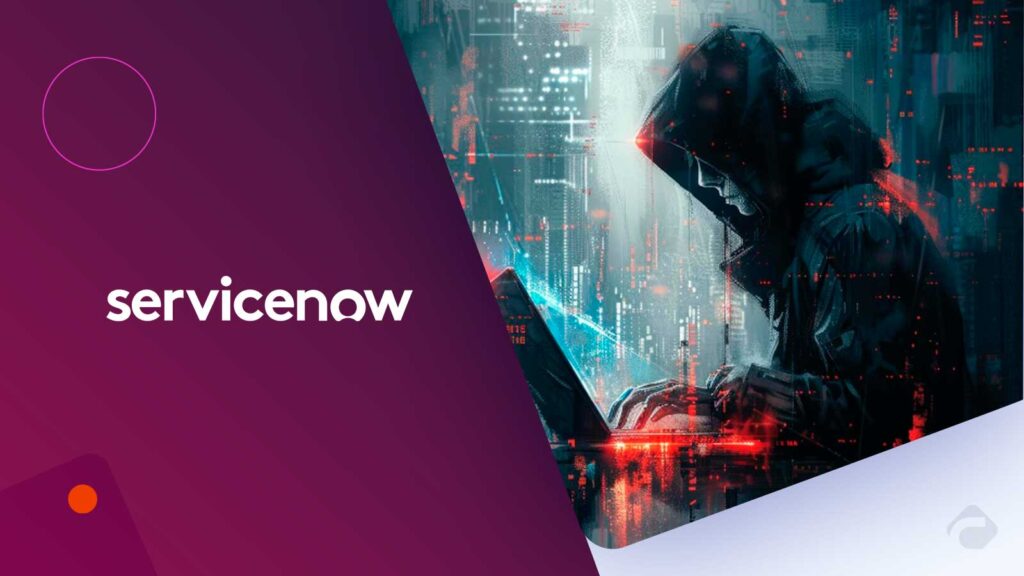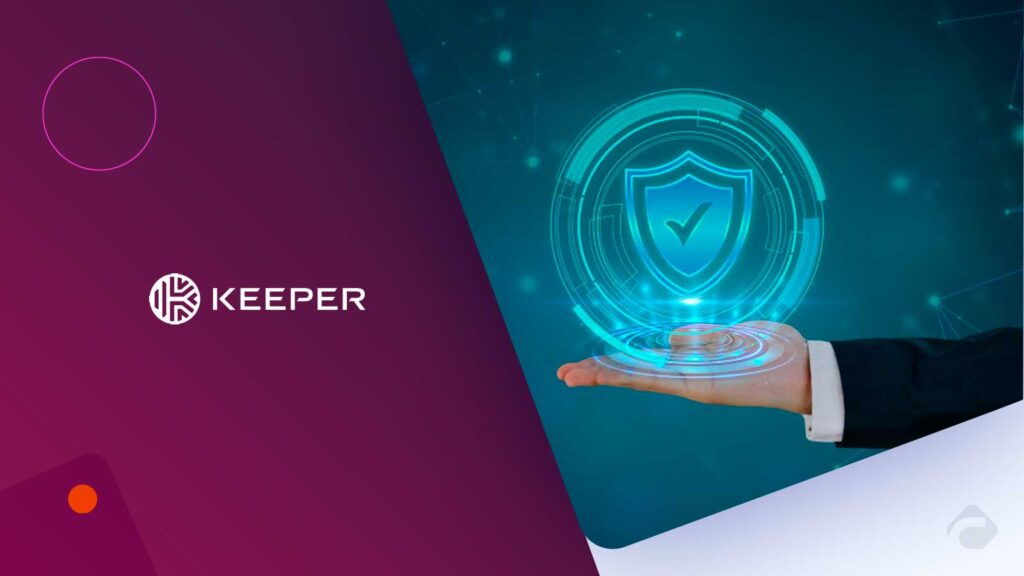Introduction: When Good Integrations Turn into a Nightmare
Imagine, for instance, that your business is powered by Salesforce, customer data, revenue review, and the entire pipeline is managed by it. Later on, to smooth the edges, you link it up with Salesloft and Drift. All components are perfectly meshed, which continues for a day until the inconspicuous integration becomes the way of access to your most sensitive data.
That is precisely how it has been in the Salesloft Drift breach. Safeguarded data from Salesforce, which was reliable across different platforms, has been leaked. And though the media is pointing out just one violation of data, the actual message is far wider: it was a call that business software integrations could bring dark areas even in companies that heavily invest in cybersecurity. According to Gartner, over 75% of enterprises underestimate the risk exposure created by SaaS integrations.
So, the question is, what exactly happened? Which measures can businesses take so that the tools that are supposed to help them grow don’t end up putting them at risk?
The Story of the Salesloft Drift Breach Conscious Unending Design
The research team’s findings suggested that the event was far from a cyber-heist in a blockbuster movie style. No zero-day type attacks would have been used to get through the firewalls. What they did was to take advantage of the connections that were already trusted.
Here is the rundown version of the series of events:
Firstly, Drift was attacked, and the bad guys got to the connected accounts of Drift without permission.
Since Salesloft was connected to Drift in a very tight manner, the attackers were thus able to access the businesses through this point of connection.
So they had already indirect access to the Salesforce files they were using to ensure the security of companies with such data.
They did not resort to the kind of attack that is characterized by the use of sheer force. Instead, what it was was a silent betrayal of the trust relationships between the platforms. And it was successful.
McKinsey’s 2024 Cloud Security Report notes that 43% of cloud breaches occur via trusted integrations rather than direct attacks.
Why This Breach Matters More Than Others
“Just another integration mishap” is probably the first interpretation that some people would give. It wouldn’t be the right one to go with. It is important for the following reasons:
Salesforce is the backbone of most enterprises; in other words, it is essential infrastructure without which most enterprises can’t operate. Therefore, a leak in this place is not something that is off the table; rather, it is a direct attack on the source of income and reputation of the organization.
Cloud-to-cloud hack can unveil vulnerabilities that perimeter security measures can’t protect against. Standard security measures, such as firewalls, endpoint detection, and SIEM alerts, are not capable of flagging legitimate API connections if they are not continuously monitored.
Gartner reports that 88% of large enterprises rely on Salesforce as their primary CRM system, making any data exposure potentially catastrophic.
Cybercriminals use the easiest access to the target. It’ss not a stormy attack anymore, but rather a sly crossing through the drawbridge, which was constructed for the convenience of the friends.
Not only is it a vendor lapse, but, at the same time, it’s about enterprises re-evaluating their security approach when it comes to integrated ecosystems.
The Broader Cybersecurity Lessons
1. Continuous Threat Exposure Management (CTEM) Is Non-Negotiable
According to predictions, by 2026, about 60% of companies will adopt CTEM mainly to find and fix vulnerabilities in a proactive way. The incident with Salesloft and Drift is a clear example that shows the necessity of the same.
While no periodic assessments can adequately accomplish the task of spotting fast-moving API exploitation, the CTEM is in a better position, as it highlights:
- Stream visibility into the current state of integrations.
- The attribution of risk scores to outward connections.
- The prioritization of recovery efforts based on access to the real vulnerabilities.
To draw a parallel with human health, CTEM means moving from a once-a-year health check to continuous heart monitoring. It is not enough to find out that everything is alright retrospectively, but it is necessary to be informed about any malfunctioning on the very spot.
2. Zero-Trust Architecture Is More Than a Buzzword
The cyberattack signals the end of perimeter thinking. What if Drift was inside your “trusted” circle? Wouldn’t it follow that the bad guy in Drift would be the same as the bad guy exploiting Drift? Gartner predicts that by 2026, 80% of enterprises will adopt Zero-Trust frameworks to mitigate integration-based risks.
Zero-Trust turns the argument around:
- No trust is assumed, and every request is checked.
- Even a single integration is not considered authentic unless technically verifiable, and that’s true for every occurrence.
- Access rights are given to the minimum necessary, and hence the risk exposure is reduced even when a certain connection is compromised.
It is like a situation when a friend is allowed into your house, but still the wine cabinet and the study room are locked. Trust does not necessarily imply freedom of use.
3. Extended Detection and Response (XDR) Brings Visibility Across Silos
XDR is a single point for receiving alert signals from endpoints, clouds, and SaaS integrations. Siloed monitoring might not be able to catch the handoff in a case like Salesloft-Drift-Salesforce. XDR draws together activity patterns across different environments.
With XDR instead of fragmented alarms, you get a storyline: Drift access anomaly → suspicious Salesloft activity → Salesforce records touched. That narrative is what enables faster, more accurate responses.
4. AI-Powered Threat Defense Isn’t Optional Anymore
The exposure implies that attackers are steadily modifying their behavior to resemble ordinary exchanges. Identifying these nuances is prohibitive for human-scale surveillance.
AI/ML defense models give the following assistance:
- Uncovering unusual API utilization patterns.
- Identifying unexpected data transfer activities between platforms.
- Linking the faintest of signals in SaaS logs that are untraceable individually.
Actually, it is not about totally replacing analysts but rather about supplying them with an advanced vision to help them locate the wolf in sheep’s clothing.
5. Cloud Security Resilience Must Include Integration Governance
Cloud security means more than just securing your AWS or Azure tenant. The breach indicates:
- No SaaS integration should be taken for granted when it comes to security.
- Connections must have governance processes for their lifecycle—whether reviewed, renewed, or revoked.
- Automation should be the means through which policy-driven approval is enforced for any new integration.
Simply put, resilience is not only your cloud’s business. It is about every other cloud connected to yours.
McKinsey notes that companies with automated integration governance reduce cloud-related incidents by 50%
Humanizing the Impact: Why Readers Should Care
In case you happen to be a CISO, a CIO, or a tech professional who is always busy, the real point here is the following: this breach can occur to any one of us. Not necessarily due to negligence, but simply because modern enterprises flourish on interconnected platforms.
Consider how many integrations currently link your Salesforce environment. Would you say there are ten, fifty, or more? Do you track each one with the same strictness as your firewall?
That is the security hole. And it is also the reason why the breach is presented as not an isolated incident but more like a discovery of the future of cyber risk.
Next Step: Securing the Bridges, Not Just the Walls
One should not look at the Salesloft Drift breach as a failure; instead, the incident should be seen as an indication that cybersecurity rules have changed. Firewalls and antivirus software had been designed for castles with walls. Today, though, enterprises have turned into big cities that are connected by bridges, tunnels, and highways.
The new requirement is unequivocal:
- Make sure that you secure every integration.
- Continuously keep track of it.
- Do not trust anything unless it is verified.
Automate wherever it is feasible to do so, but never get rid of human control altogether.
Since cyber resilience, at the end of the day, is not just about data protection, it is actually about maintaining the confidence customers have in your company.
Conclusion
The Salesloft Drift breach has changed the way that enterprises trust has to be seen. Attackers did not break through firewalls, but they went through trusted integrations, exposing Salesforce data that is at the core of business operations. The message is quite obvious: today, cybersecurity is very much about protecting the bridges as well as the walls. Organizations can make the leap from risk to resilience by implementing Continuous Threat Exposure Management, Zero-Trust architecture, XDR, AI-powered defense, and disciplined integration governance. Companies will continue to leverage integrations for business expansion; however, they need to be supervised, authenticated, and segregated. The equation for cybersecurity in the current era is trust management – those who can make the transition will be the ones to safeguard not only the data but also their reputation in a hyperconnected world.
Summary: A Breach That Changes the Meaning of “Trust”
The Salesloft Drift breach is not only news that fades away quickly. It is an indication to all enterprises: facilities without taking precautions put you at risk. Depending on their governance, integrations can be either friends or foes.
By using CTEM, Zero Trust, XDR, AI-powered defense, and cloud integration governance, the organizations not only move away from this incident as a dramatic event but also turn it into a motivation for tougher and smarter security.
The question is not of whether tttackers will go on targeting integrations—they will definitely do so. But the real question is: will they be there to catch you before the data leaves your company?
FAQs
1. What was exposed in the Salesloft Drift breach?
Some data and information about customer relationships and how the engagement was managed, which were stored in Salesforce, were accessible without authorization due to broken connections between Salesloft and Drift.
2. Why are integrations like Drift and Salesloft considered risky?
These are the most vulnerable areas through which attackers can gain access to the trusted part of the systems. In the case of one integration being hacked, the intruders can further move into more important platforms.
3. How does Zero-Trust architecture help in such scenarios?
The Zero-Trust model demands that every integration and user always verify their identities. This continuous process limits the possibility that a connection that has been compromised will give a wide range of access.
4. What role does CTEM play in preventing breaches like this?
Continuous Threat Exposure Management (CTEM) grants the identification of flaws in real-time, in particular, for the complicated SaaS ecosystems where new risks can appear every day.
5. Should enterprises limit the number of integrations with platforms like Salesforce?
Not really. Rather than solely relying on integration limits, organizations should manage, oversee continuously, and tightly control access to ensure that their integrations remain secure.
For deeper insights on agentic AI governance, identity controls, and real‑world breach data, visit Cyber Tech Insights.
To participate in upcoming interviews, please reach out to our CyberTech Media Room at sudipto@intentamplify.com.







